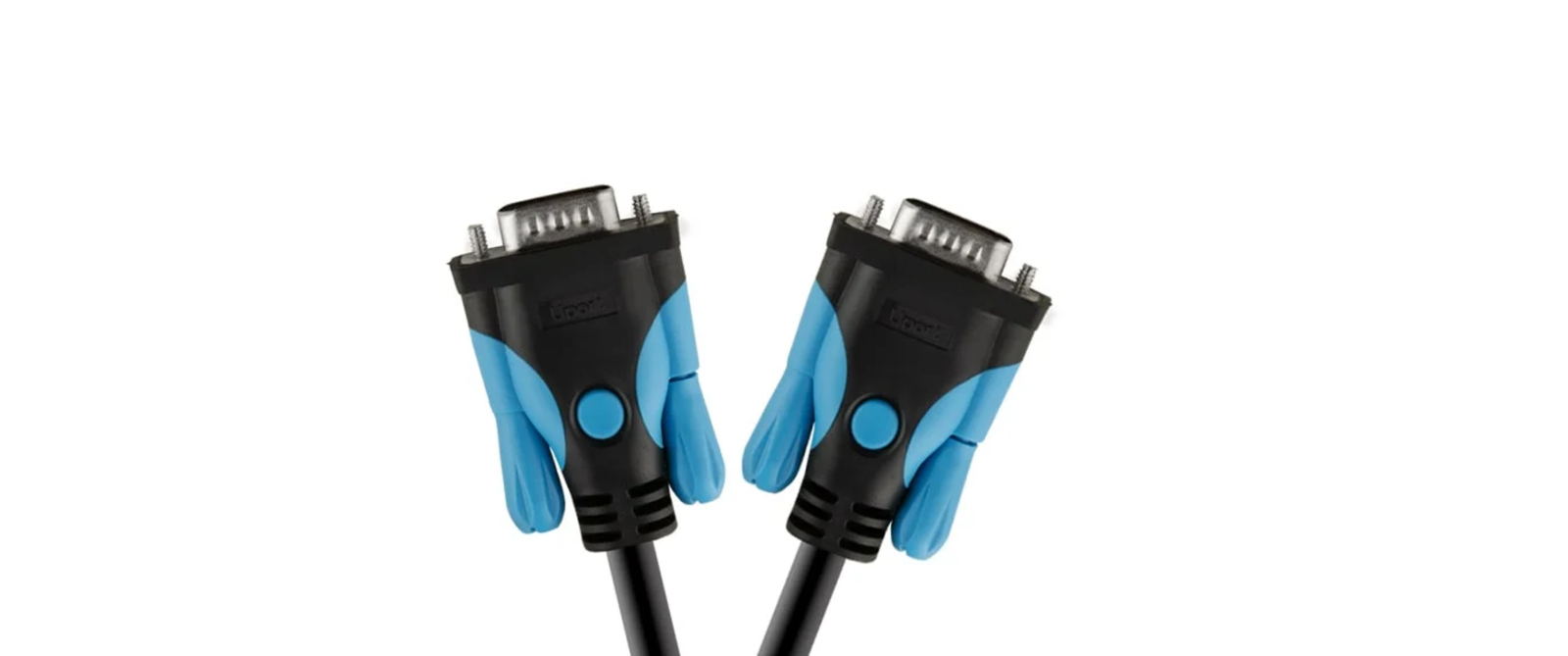Introduction: you can be frustrated when your screen remains blank or shows a ‘No Signal’ message. Let’s explore the possible reasons behind this issue and how you can troubleshoot it effectively.
Understanding VGA Monitors: VGA (Video Graphics Array) monitors have been a staple in computer displays for decades. They use an analog signal to transmit video from the computer to the monitor via a VGA cable, which has 15 pins arranged in three rows.
Common Issues:
- Loose Connections: Check if the VGA cable is securely connected to both the monitor and the PC. A loose connection can prevent proper signal transmission.
- Faulty Cables: Sometimes, the VGA cable itself may be damaged or faulty, leading to connectivity issues. Try using a different VGA cable to see if the problem persists.
- Outdated Drivers: Ensure that your graphics card drivers are up to date. Outdated or incompatible drivers can cause your PC to fail to recognize the VGA monitor.
- Compatibility Issues: Check if your VGA monitor is compatible with the resolution settings of your graphics card. Mismatched resolutions can lead to display problems.
- BIOS Settings: In some cases, the BIOS settings on your PC may need adjustment to recognize the VGA monitor correctly.
- Hardware Problems: If none of the above solutions work, there might be a hardware problem with either your VGA monitor or your graphics card. Consider testing the monitor on another PC or trying a different monitor with your PC to isolate the issue.
Troubleshooting Steps:
- Check Connections: Turn off your PC and monitor, then reconnect the VGA cable securely.
- Update Drivers: Visit the website of your graphics card manufacturer to download and install the latest drivers.
- Test with Another Cable: Use a known working VGA cable, so you can rule out cable issues.
- Adjust Resolution Settings: Right-click on your desktop, select ‘Display settings’ (or ‘Screen resolution’ depending on your Windows version), and adjust the resolution to match your VGA monitor’s native resolution.
Conclusion: Troubleshooting why your PC can’t detect a VGA monitor involves checking connections, updating drivers, and ensuring compatibility. By following these steps, you can often resolve the issue and get your VGA monitor working again. If problems persist, consulting a professional technician may be necessary to diagnose any hardware faults.
Remember, maintaining regular updates and proper handling of your hardware can prevent such issues in the future.
For more tips and advice on resolving technical issues, stay tuned to our blog or reach out to us on www.uport.in


